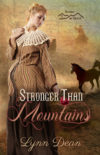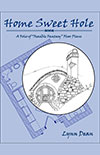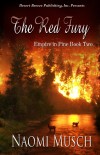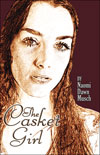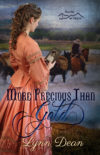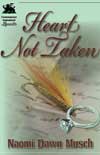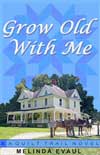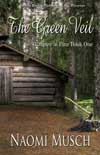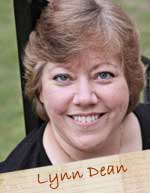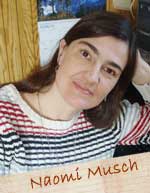. . . Or Don’t Know! When I was a teenager starting to pursue my writing passion, I was constantly bombarded with the adage: write what you know. I found this a little bit frustrating, to say the least. After all, I was about fourteen. What did I know? Very little, I’ll tell you. Imagine […]
Writing Lesson 29 – Showing Actions and Emotions
We all have unique facial expressions and gestures. In a novel, these make each character different. Joe may frown when he’s thinking. Mary may pull her eyebrows together. Tracy might purse her lips and tap a finger against them. You might cross your arms and tap your foot. We’ve discussed showing vs. telling in several […]
Writing Lesson 25 – Use Comparisons to Show
Using Comparisons Brings Life to Dead Adjectives Whether you are writing a short story, a novel, or a non-fiction essay, you will need to give description, and often times to do so you will use comparison. It’s been said that “nothing means anything except as compared to something else”. In other words, if you say, […]
Writing Lesson 12 – Creating Inner Conflict
Creating Emotion in Writing Almost every writing class or craft book will tell you the same thing: fiction must create a compelling emotional experience. The problem is these teachers also let you know that if your character cries, the reader probably won’t. So how do you build this emotion? Simply writing highly emotional phrases such […]
Writing Lesson 11 – Taste the Rainbow!
Sensory Writing is Sensational! Reading and writing are by nature very visual activities, but most people have five senses: sight, smell, taste, hearing, and touch. The more sensory perceptions you are able to engage in your writing, the more your reader will be able to experience your story almost first-hand. That’s a very good thing! Stories […]
